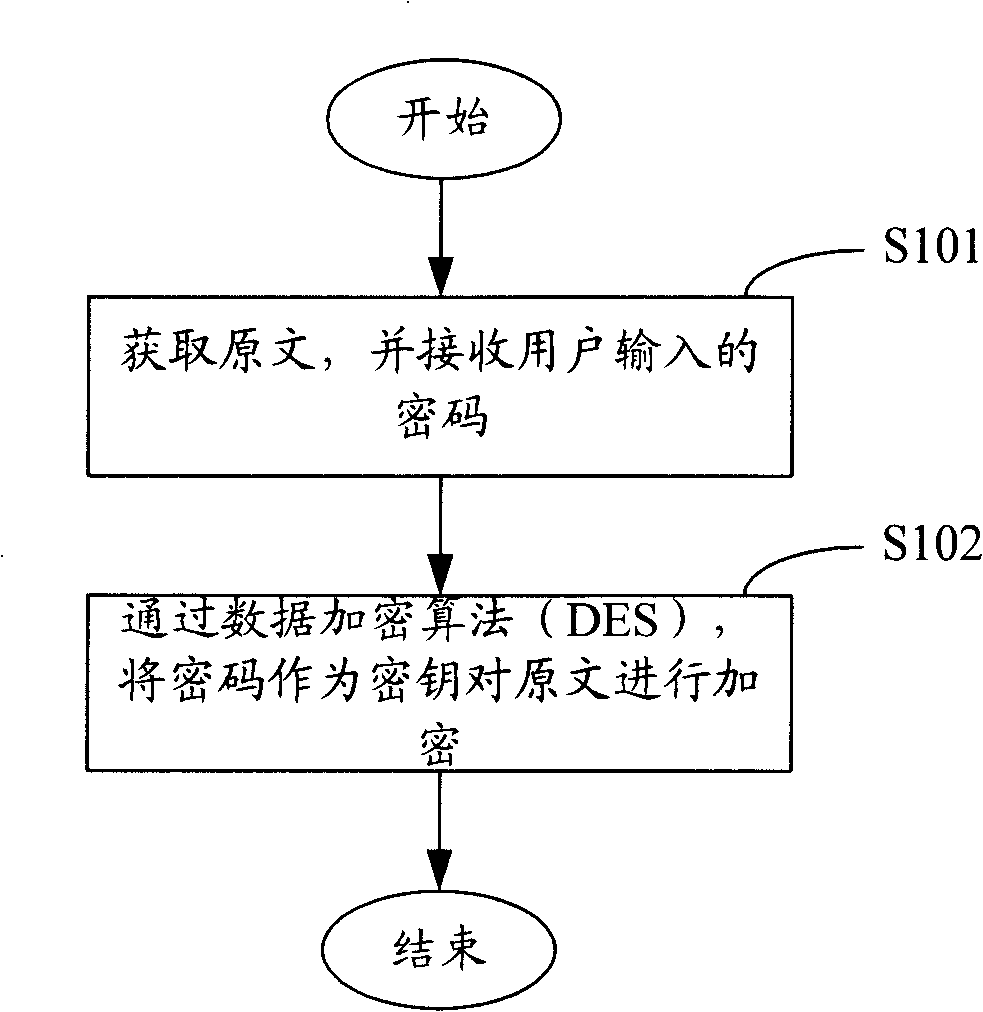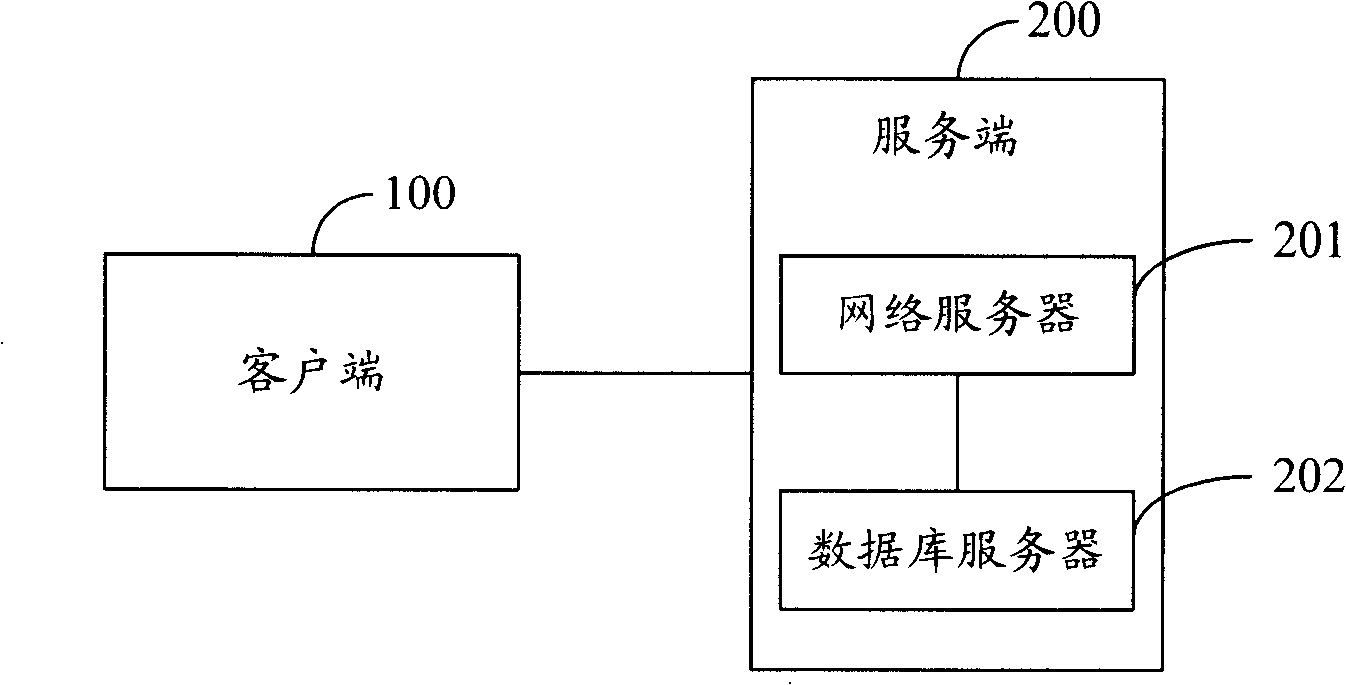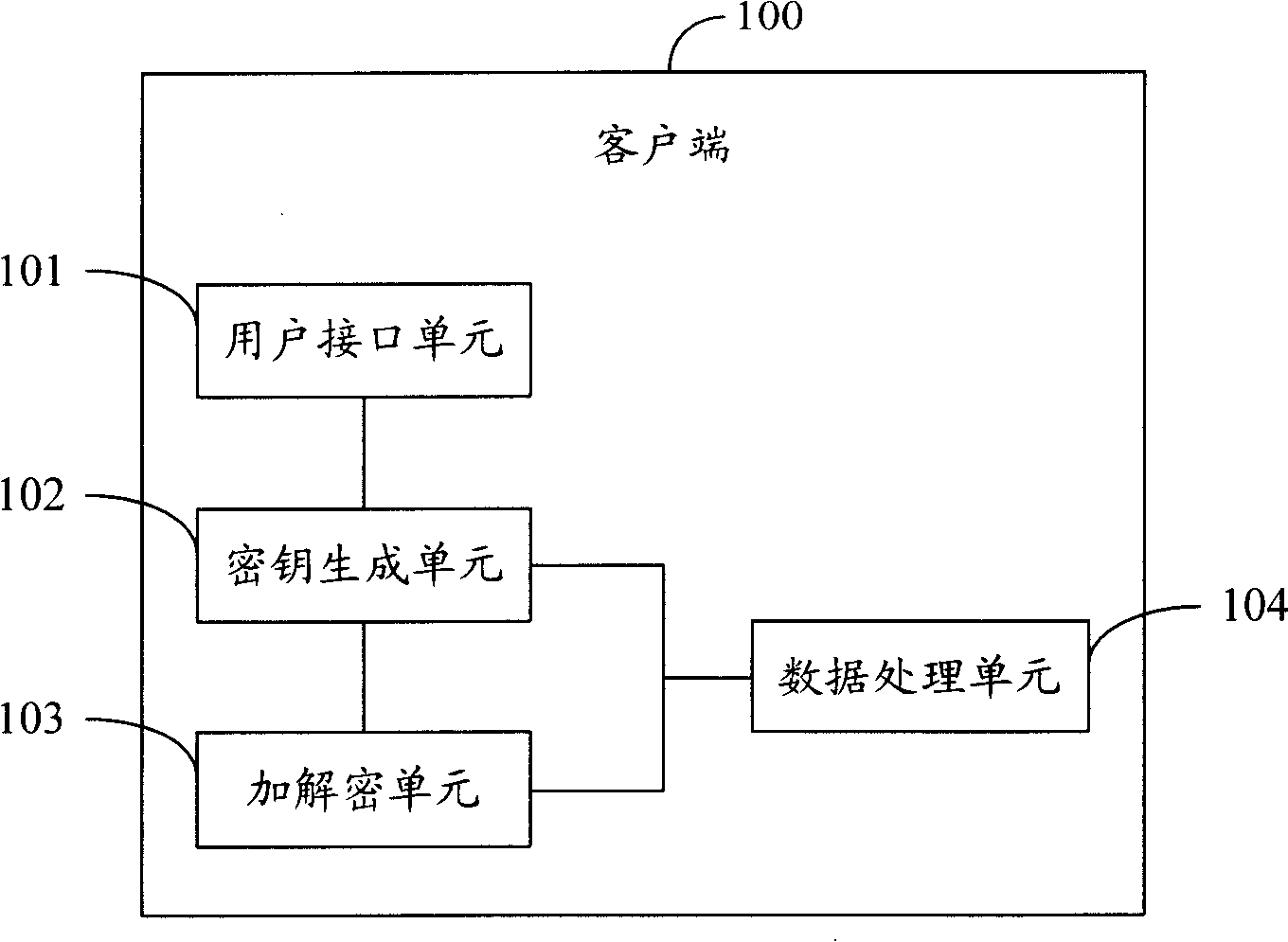Method, system and apparatus for data ciphering and deciphering
A data encryption, encryption and decryption technology, applied in the field of information security, can solve the problem of low security of stored data, achieve the effect of avoiding large-scale leaks and improving security
- Summary
- Abstract
- Description
- Claims
- Application Information
AI Technical Summary
Problems solved by technology
Method used
Image
Examples
Embodiment Construction
[0065] In order to make the object, technical solution and advantages of the present invention clearer, the present invention will be further described in detail below in conjunction with the accompanying drawings and embodiments. It should be understood that the specific embodiments described here are only used to explain the present invention, not to limit the present invention.
[0066] In the process of encrypting data, the present invention generates a series of random numbers for each original text to be encrypted, then generates a primary key based on the password and random numbers, and extracts part of the data from the primary key as an encryption key , and then use the encryption key to encrypt the original text to obtain the primary ciphertext, and finally perform data fusion on the primary ciphertext and random numbers to obtain the final ciphertext. In the process of decrypting data, firstly, the final ciphertext is decomposed according to the password provided b...
PUM
 Login to View More
Login to View More Abstract
Description
Claims
Application Information
 Login to View More
Login to View More - R&D
- Intellectual Property
- Life Sciences
- Materials
- Tech Scout
- Unparalleled Data Quality
- Higher Quality Content
- 60% Fewer Hallucinations
Browse by: Latest US Patents, China's latest patents, Technical Efficacy Thesaurus, Application Domain, Technology Topic, Popular Technical Reports.
© 2025 PatSnap. All rights reserved.Legal|Privacy policy|Modern Slavery Act Transparency Statement|Sitemap|About US| Contact US: help@patsnap.com



